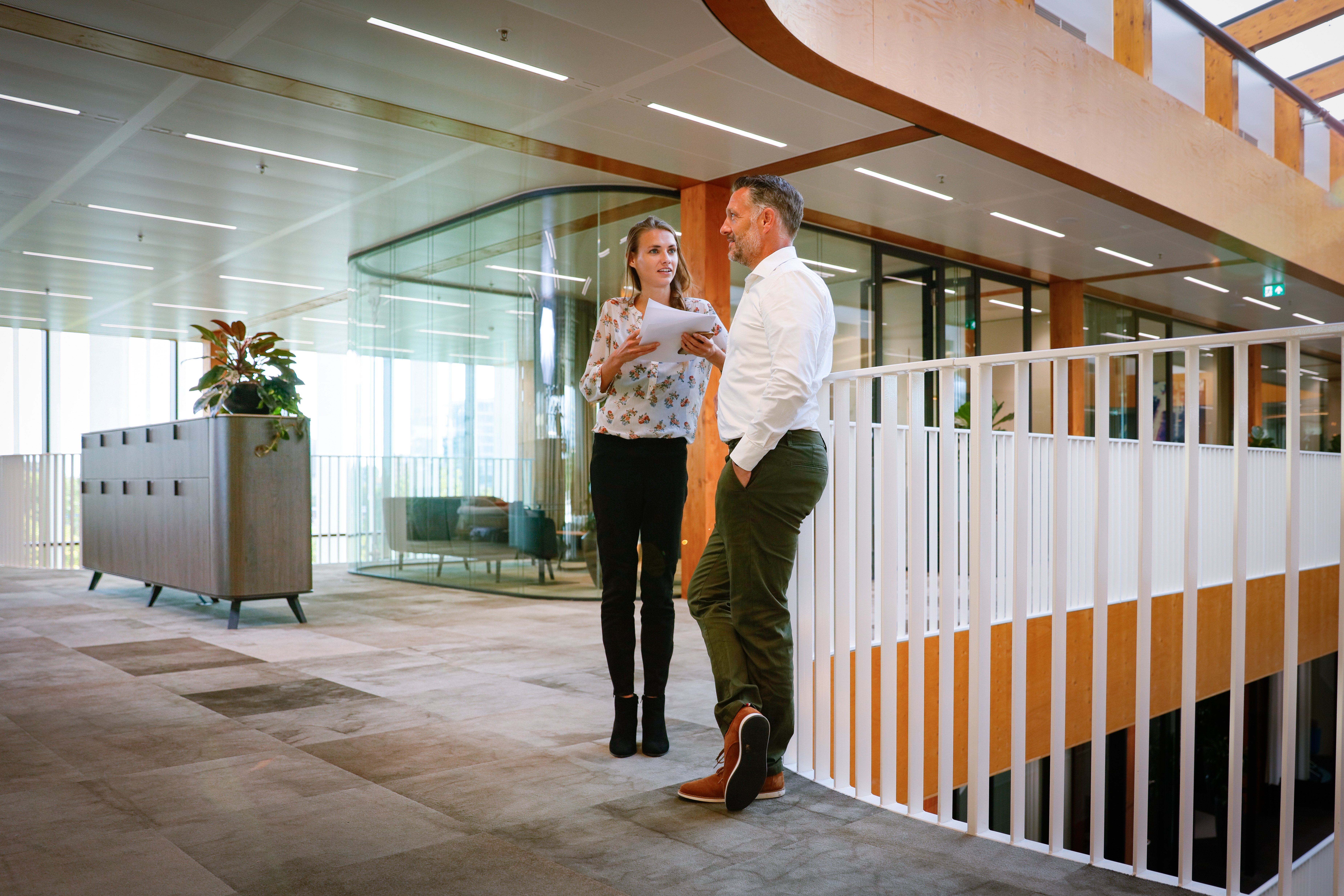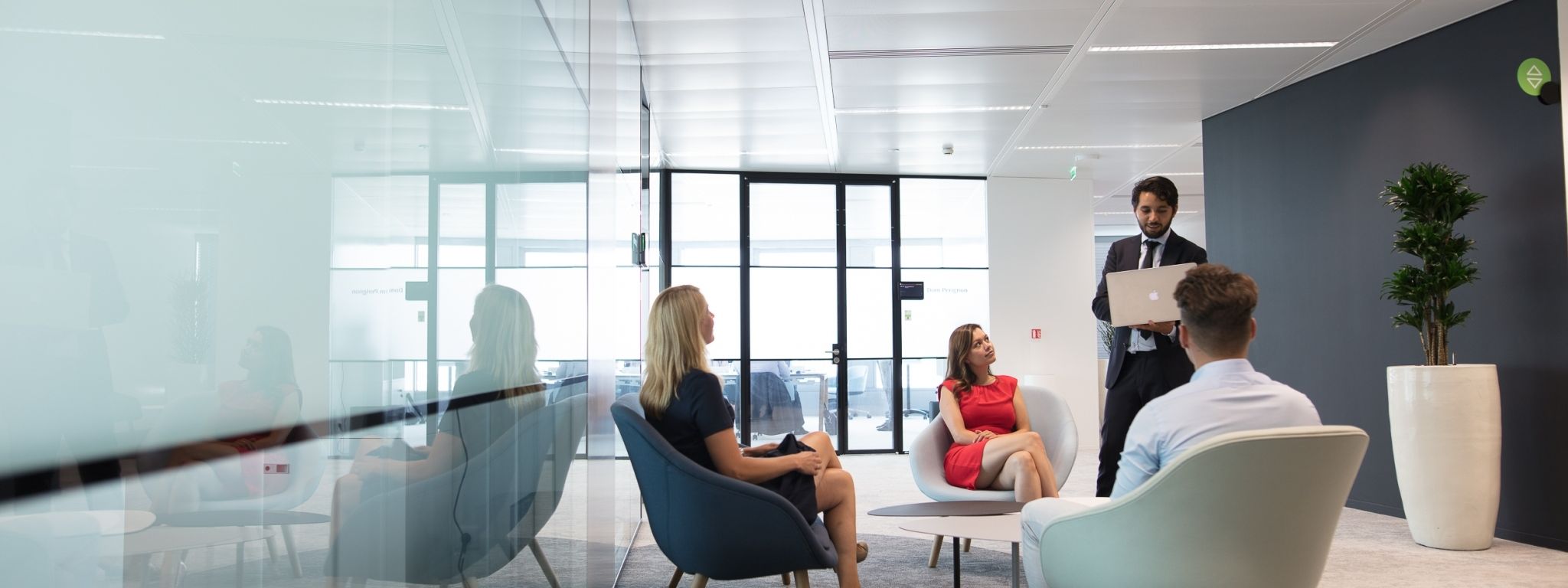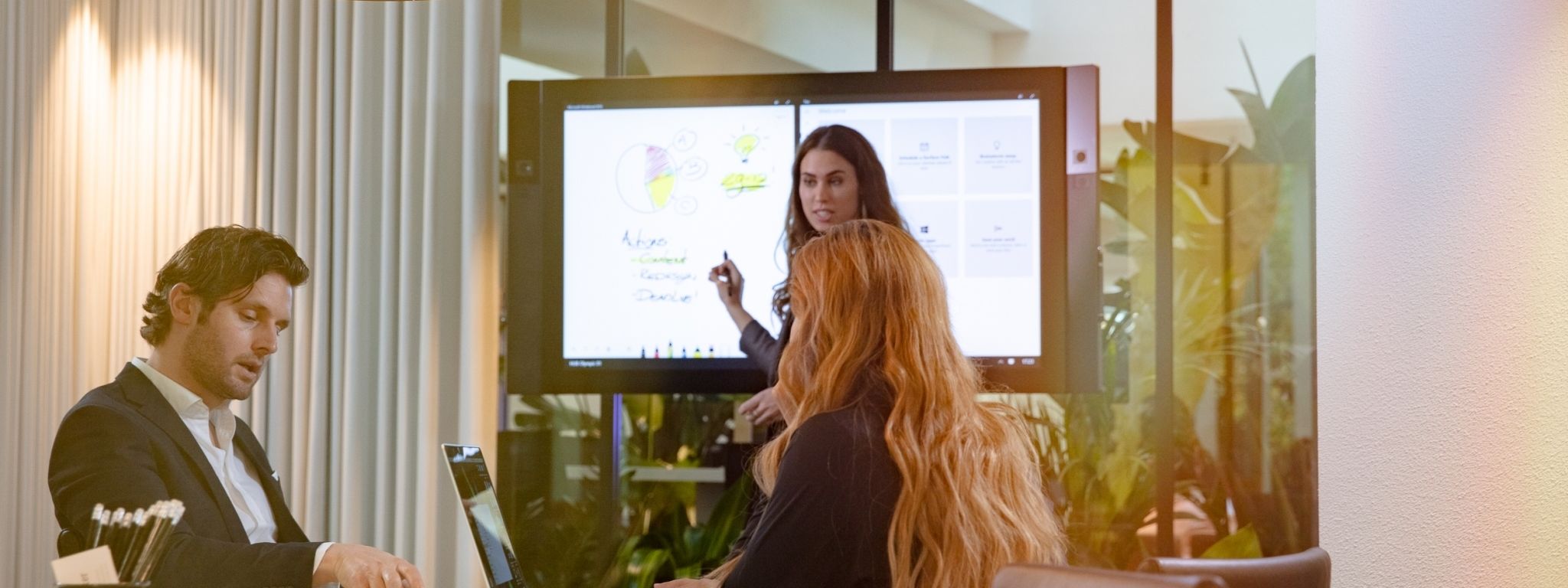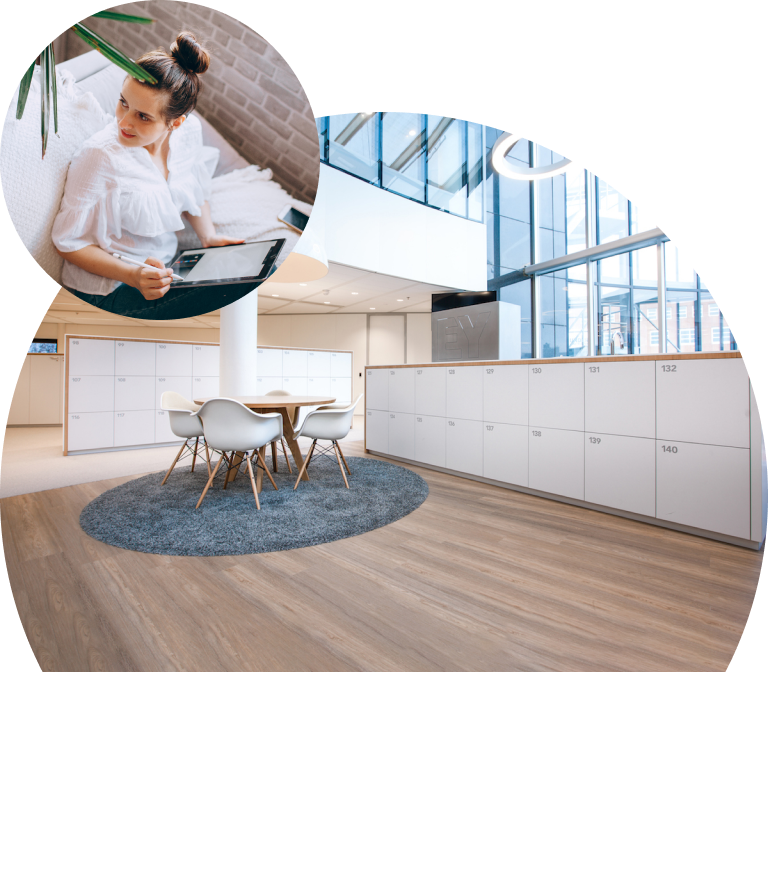A healthy and happy employee is a productive employee. This notion has prompted many employers to invest in office wellness. Typical corporate wellness programs like health education and on-site fitness come to mind, but, interestingly, employees have a different take on office wellness. It’s basics like clean air and adjustable light levels they want. And they have a point.
Corporate wellness programs have little to show for
Corporate wellness programs are big. In the U.S., more than 80% of the large companies and more than half of the small employers offer a wellness program at work, with an estimated 50 million American employees covered. In 2019, large employers in the U.S. are expected to spend on average a whopping $ 3.6 million on corporate well-being programs. The U.S. are leading in the corporate wellness market growth, and Europe is likely to follow. But research suggests it’s time to rethink the healthcare-focused wellness hype.
A randomized trial involving 32,974 employees at a large U.S. warehouse retail company showed no significant effects on clinical measures of health, health care costs and utilisation, or employment outcomes after 18 months. Similarly, a randomized study that tracked 12,000 employees didn’t find significant causal effects on total medical expenditures, other health behaviours, employee productivity, or even the self-reported health status after a year.
What the wellness programs in the studies mentioned have in common, and the programs in most companies for that matter, is that they were designed for employees. That raises the question which wellness perks employees value and would choose for themselves.
Employee choices for corporate wellness
Future Workplace and View surveyed 1,600 employees on which wellness facilities matter to them most and their perceived impact on productivity. The results showed that employees first and foremost want the basics: better air quality (58%), access to natural light (50%), and the ability to adjust the temperature in their workspace (34%). Fitness facilities (16%) and technology-based health tools (13%), some of the preferred choices in corporate wellness programs, made the bottom of the list.
Air quality and light were also the biggest self-reported influencers of employee performance, happiness, and wellbeing. Half of the employees surveyed said poor air quality makes them sleepier during the day, and more than a third reported up to an hour in lost productivity as a result. Interestingly enough, the top employee choices from the survey actually appear to be effective in working environments that strive to improve the quality of the indoor environment.

Well-being throughout the workday
When singling out the effect of, for instance, indoor air quality, research does show that enhanced ventilation improves cognitive performance scores. However significant, the abovementioned areas of improvement point at an understandable need for an overall agreeable working environment.
High performance buildings are designed to enhance the entire user experience. Design strategies include, among others, indoor air quality, thermal comfort, natural and artificial lighting, and noise and acoustics, essentially incorporating the abovementioned top employee choices in corporate wellness.
Stok has attempted to quantify the impact of high performance buildings (HPBs), combining the data of peer-reviewed academic and industry articles. HPBs are estimated to enhance productivity by 9% and reduce absenteeism by 30%. Not only that, HPBs make employees more likely to stay with an estimated 5% reduction in separation rates.
Employee-centric workplace wellness is already here
There are already striking examples out there of employee-centric working environments. EDGE Olympic in Amsterdam, the Netherlands, for instance, is the ‘flagship building’ by EDGE Technologies and combines state of the art technology with sustainability. Indoor climate parameters, such as temperature, humidity, light intensity and noise levels, are monitored and improvements are made accordingly. The ventilation system provides twice the amount of fresh air required, natural daylight is maximized and careful spatial planning and soundscaping ensures comfortable noise levels.
The new Deloitte office in London is a smart building. It’s equipped with systems that learn how a building is used over time and predict what should be done to maintain optimum comfort in the most energy-efficient way. Temperature and air quality are continuously monitored to maintain a comfortable working environment.
Danone’s new office in Hoofddorp, the Netherlands invites in natural daylight through large windows and an atrium with a vertical garden. Temperature, CO2 and light levels are continuously monitored.
The benefits of employee-centric corporate wellness are clear. While only a minority of employees will take advantage of facilities like an on-site gym, changes in the working environment, like air quality and agreeable light levels, will impact all employees. It not only increases productivity through employee satisfaction, but it also improves a company’s ability to attract and retain talent.




